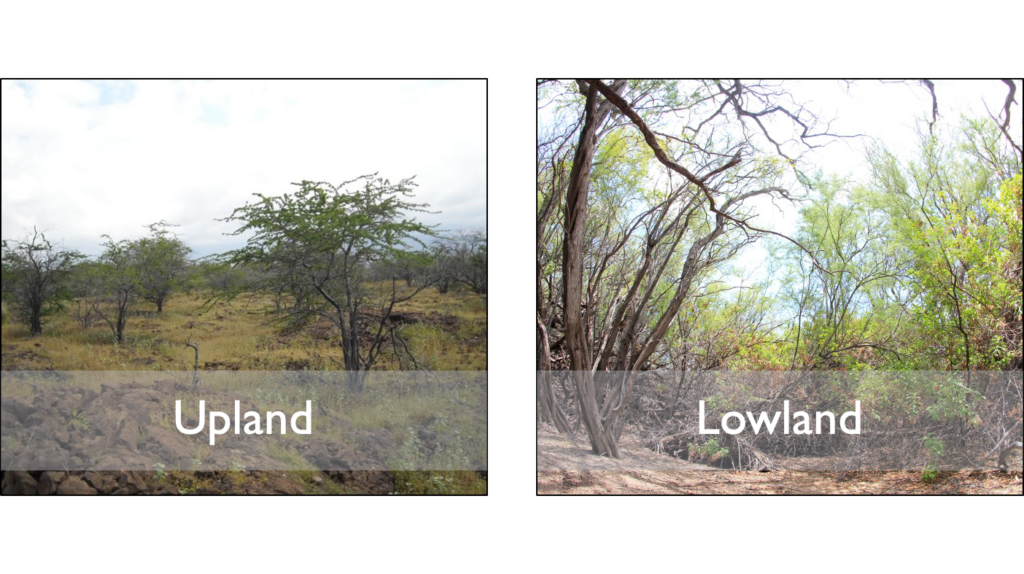Kiawe (Prosopis pallida), a mesquite tree considered invasive in many parts of the world including Hawai’i, has been shown to reduce regional groundwater levels via deep taproots. In areas where aquifers are primary sources of fresh water, kiawe control has the potential to be an integral component of water management planning. We develop an analytical dynamic framework for the joint management of kiawe and groundwater, and show that optimal water management depends on expected kiawe damages, while optimal kiawe removal depends on groundwater scarcity and removal cost. Using data from the Kīholo aquifer on the west coast of Hawai’i Island, we solve for joint management decisions with corresponding parameters related to kiawe damage and water scarcity.




